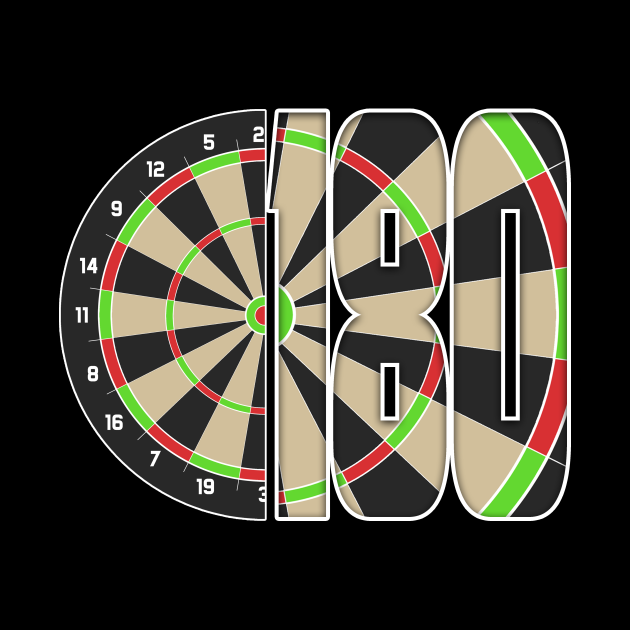

On your next turn, you can try and throw more 20s. The only way to score points in cricket is to throw on a number you have closed but your opponent has not.įor example, if you closed your 20s on a prior turn but your opponent has no 20s or less than three, they are not closed. #3 If you close a number before your opponent, you can then score by continuing to throw that number before they close it.

Hitting on the double ring counts as two and the triple ring counts as three.įor example, if you land one dart in the white segment under the 19 and then one dart in the double ring area under the 19, you would have attained three 19s and would close it out. If you throw in the white area of one of the target number segments, that counts for one of the three you need. When you get three of that number, you close it. Your goal is to “close” each of those six numbers then get a double bulls-eye. #2 As you play, you target only the number segments of 15 through 20 and the bulls-eye. If you both land in the same color bulls-eye area, it’s a tie and you rethrow. If you tie, the last person to throw will be the first to throw in a rematch to see who starts the game. Then you both throw in order and the one closest to a bulls-eye starts the game. #1 To start a game of cricket, you flip a coin for first throw. It’s fun because there is an element of strategy that can give a beginner a chance to beat a more experienced player.
DART BOARD SCORING HOW TO
How to Play and Score a Game of CricketĬricket is the most common pub and home version of darts. We have new home dart boards and ship anywhere in the lower US. I think it would also be pretty easy to write a calibration routine so all you have to do is stick the microphones on the dart board edge at roughly equal spacings and then measure the delays when you poke an awl into the board and whack it with a hammer at several known locations, then work backwards to find the microphone positions.Darts by Ted Van Felt is licensed under CC BY 2.0Īlthough you can certainly hang your board any way you like, if you want it to be consistent to what you would experience in a pub or official tournament, the bulls-eye should be 5 feet 8 inches off the floor and the throwing line should be 7 feet 9 ¼ inches away. Then all you need to do is 'bin' it in the sectors on the board and calculate the score. Find the intersection of these hyperbolae, and you have your hit. For each pair of mics, you can use the relative delay to calculate a hyperbola where the dart would have hit the board. You may be able to normalize the positions against the velocity so you don't have to calibrate as many variables. You'll need to know the positions of the microphones and the velocity of sound in the dart board. Once the time delays for a given shot are measured, the position of the impact can be calculated with a bit of math.

DART BOARD SCORING SOFTWARE
Polling in software is not likely to give enough precision to accurately locate the dart impact. I think the most accurate method would be to use a small FPGA so you can use a high frequency clock (100 MHz+) for very high resolution measurements. I'm not sure if any additional processing might be needed, or if you can just pop a couple of comparators on the end to get digital outputs. The output of the microphones can be processed through a preamp and then a differentiator to emphasize the leading edge of the waveform. As the board is two dimensional, you need at least two values to figure out where the dart hit. Two mics is one value, 3 mics is two values. You need at least 3 microphones as you can only measure the difference in arrival times between the mics. If the mics are placed in a few spots around the edge of the board, it should be possible to measure the relative time between the received thwacks and back out the location of the impact. It might even be good enough to run through a comparator and straight to a digital pin. You should run the outputs of the mics through differentiators. How about putting on a couple of microphones and then triangulating the position of the dart impact? If the sound if the impact travels at about the same speed in all directions, it should be pretty easy to do with a microphones and some timers.


 0 kommentar(er)
0 kommentar(er)
